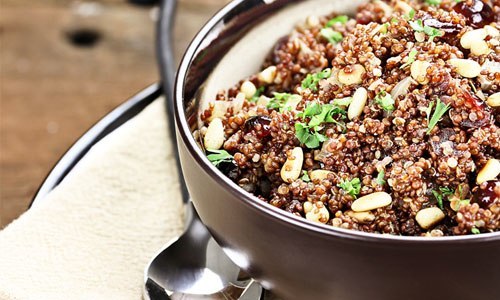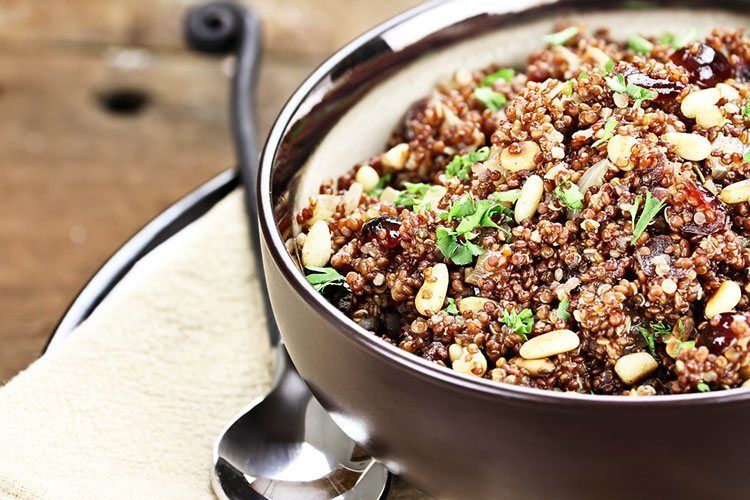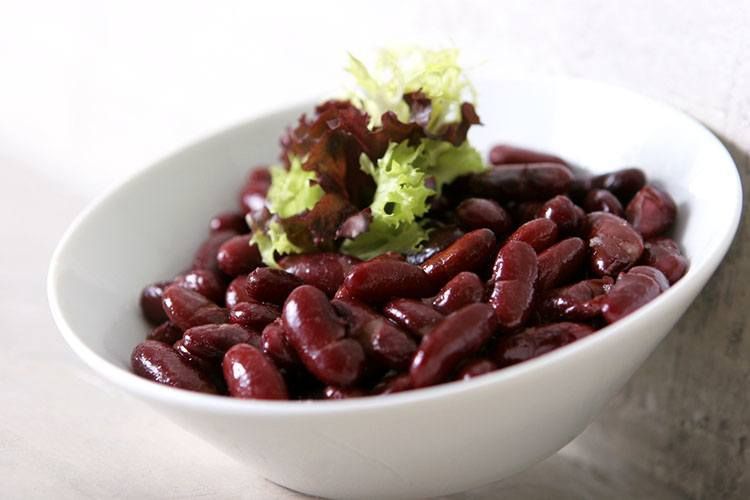

Do you hate tofu? Or are you just plain sick of it? Check out these 15 tasty alternatives to both meat and tofu that will make you smack your lips in delight.
1. Quinoa: This tiny seed is full of protein, easy to cook and very versatile. A cup of cooked quinoa serves up eight grams of protein and you can get more by serving it with chickpeas, beans and nuts. Plus, it is one of the only non-meat options that provide the nine essential amino acids our bodies can’t produce on their own, including lysine, which is essential for tissue growth and repair. Plus, quinoa contains fiber, iron, magnesium and manganese. Buy it white, red or black, in bulk or in a box. Rinse it well (even if you buy it pre-washed), then cook it like rice: combine one part quinoa to two parts water in a pot, bring to a boil, reduce the heat to low and simmer, covered, for around 15 minutes. Serve hot with stir-fried vegetables or cold in a salad of leafy greens, chopped tomatoes and cucumbers or in some saucy combo you particularly like.

A cup of cooked quinoa serves up eight grams of protein and you can get more by serving it with chickpeas, beans and nuts. Photo credit: Shutterstock
2. Lentils: I spent three weeks trekking in the Himalayas and pretty much survived on lentils and the nine grams of protein per half cup they provide when cooked. I never got sick of them and today, I still enjoy a delicious protein boost from lentil soup, lentil stew and lentils in the dal I order at Indian restaurants. If you buy them dry, sort through them before you cook them to find tiny pieces of dirt or rocks that might have gotten mixed in. Then rinse them under running water before boiling three cups of water for every one cup of lentils. Once the water is boiling add the lentils, then cover and reduce heat to a simmer. It will take 20-30 minutes to cook, depending on which variety of lentil you are using. When done, add cooked lentils to a mushroom, carrot and onion stew, vegetable soup or your own lentil soup you make with hearty vegetarian stock and whatever vegetables you have on hand. If you don’t want to start with dry lentils, you can find organic packaged lentils that have already been cooked.
3. Chickpeas/Garbanzo Beans: Garbanzo beans are among the most versatile of beans for their mild flavor and their versatility. It doesn’t hurt that one cup of garbanzos provides 12 grams of protein or 24 percent of the daily value based on a 2,000-calorie diet (so more, if you only eat 1,200-1,500 calories, like I usually do). Like lentils, you can cook up the dried bean or buy them ready to eat. Toss them on a couscous-based salad for a big protein boost, nibble on them cold with a little salt and pepper for a snack, add them to vegetable soup or puree them with some lemon juice and yogurt to make a refreshing dip for vegetables and crackers. You can also grind them up and add parsley and mint to make your own falafel.
4. Kidney Beans: I also think of these beans as chili beans, don’t you? Cooked kidney beans pack about 15 grams of protein into every cup serving; they are also a terrific source of fiber, vitamins and minerals. I prefer to eat these beans hot, as in a veggie stew, soup or chili.
6. Seitan: If you’re not gluten-free, seitan could be a good meat and tofu alternative for you. It’s made from wheat gluten, is chewier than tofu and can be grilled, braised and broiled like meat. If you like eating food with a heartier texture, seitan could be for you. Here’s how to make it at home if you can’t find it in your local food co-op or natural foods grocery store.
7. Tempeh: Tempeh is similar in texture and cooking profile to seitan, but is made from fermented soybeans rather than wheat gluten. It tastes pretty bland on its own, so marinate it in flavorful sauces and spices before you cook it.

 233k
233k  41k
41k  Subscribe
Subscribe 
